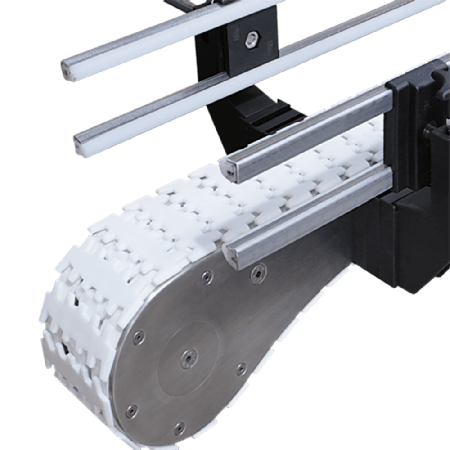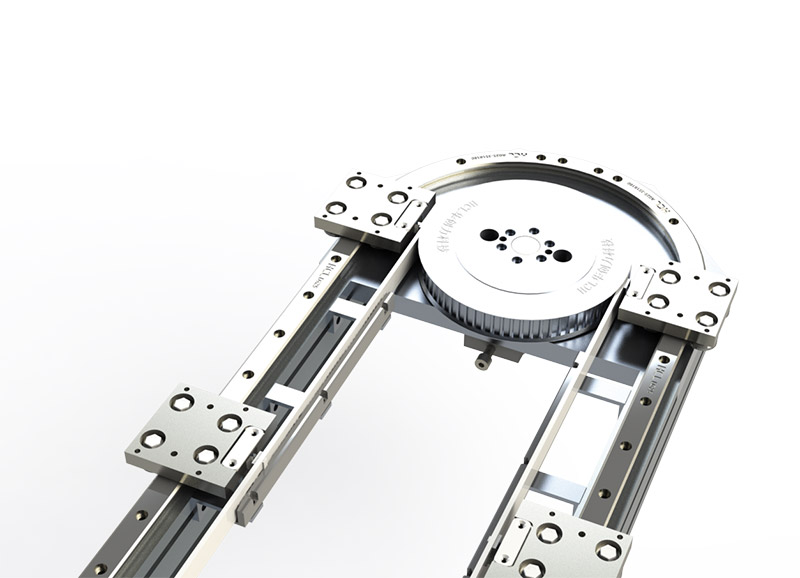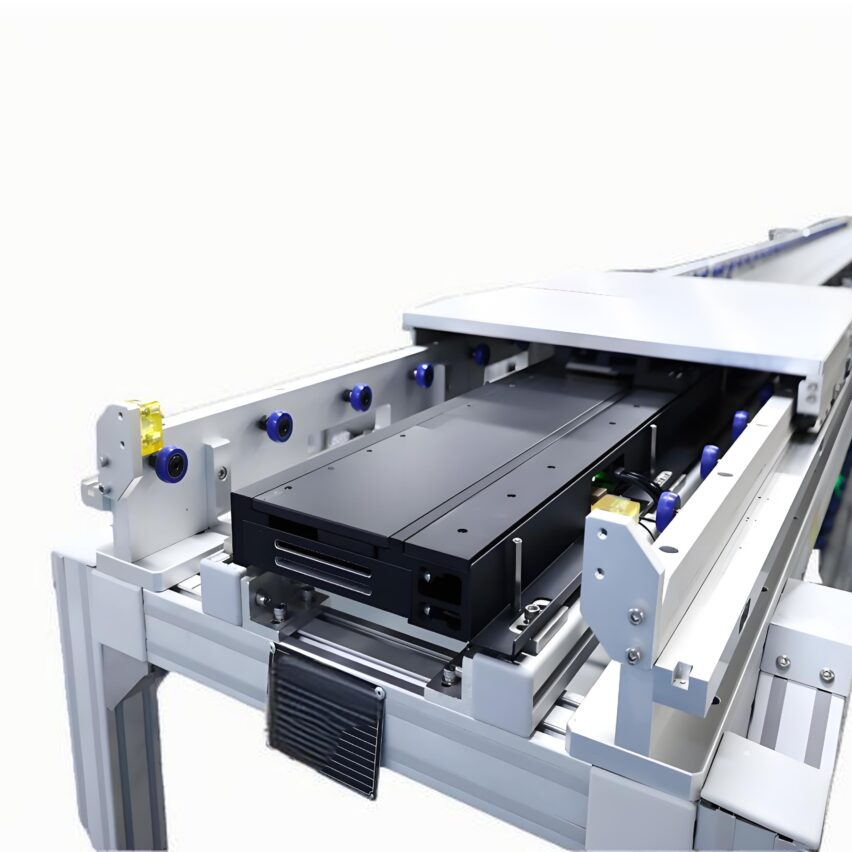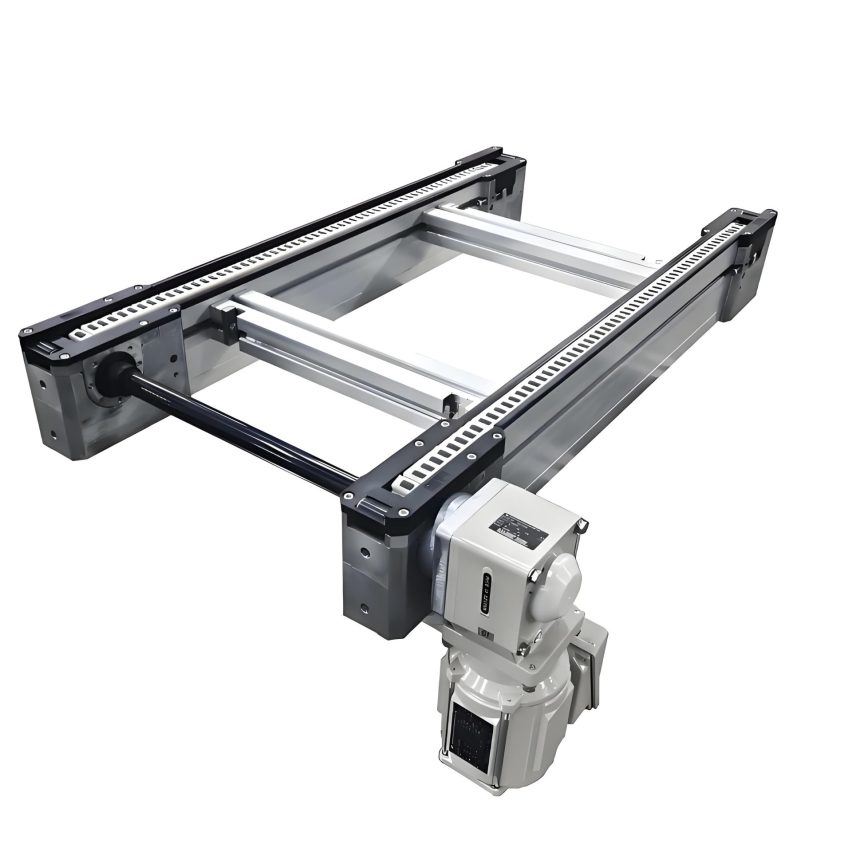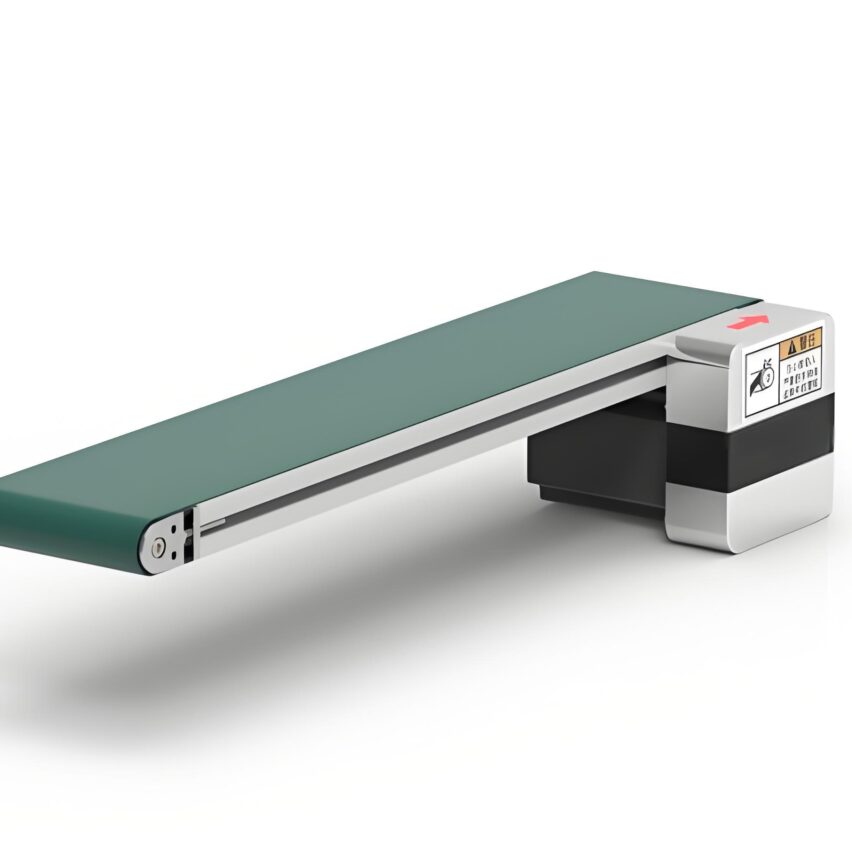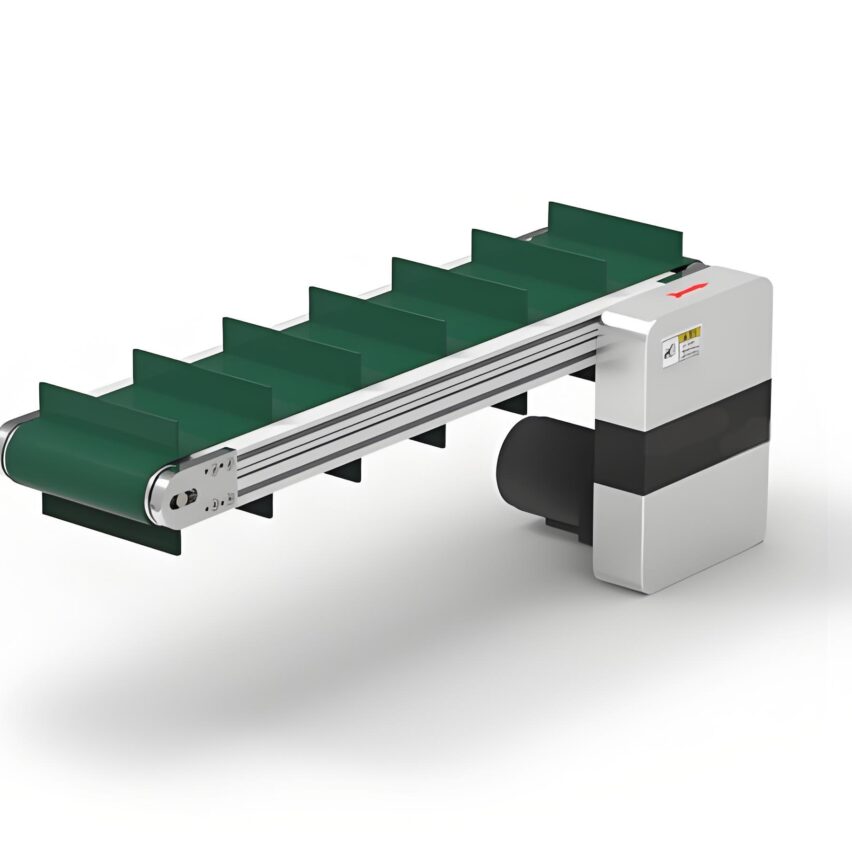In the vein of industrial production, the flat conveyor line is as indispensable as the blood circulation system. This seemingly simple mechanical equipment, is amazingly intelligent evolution to support the transformation and upgrading of China's manufacturing industry. From the welding workshop of automobile factory to the dust-free environment of lithium battery production, the flat conveyor line has shown great value in improving efficiency and reducing cost.
I. State of the industry: Competitive landscape in the midst of rapid growth
China Flatbed Conveyor Lines Market Size Reached by 2023RMB 18.5 billion, up 12.1% year-on-year, with production increasing from 58,000 units to 65,000 units. This growth stemmed from two main engines:
- Surging demand for manufacturing automation
- Explosive expansion of the logistics industry
The market presents a competitive situation of "dominated by giants and survived by small and medium-sized enterprises (SMEs)":
- Qingdao Koget Intelligent EquipmentLeading with 18% share
- Shanghai Zhenhua Heavy IndustryAccounting for 151 TP3T, relying mainly on synergies in the field of port machinery
- Guangdong IZP Precision MachineryIn third place with 12%
Numerous SMEs, on the other hand, are building moats in regional markets or niche areas (e.g., customised equipment for food processing), creating a multi-level competitive landscape.
Second, technological innovation: from mechanical transmission to intelligent interconnection
Technological evolution is reshaping industry boundaries, with R&D investment rising to 5.5% of sales revenue in 2023 (up 0.7 percentage points from 2020), delivering significant breakthroughs:
Precision Revolution: A new generation of products developed by Jiangsu Yawei to realise±0.5mm positioning accuracyThe precision is 50% higher than that of traditional equipment to meet the needs of precision electronic assembly.
intelligent fusion::
- IoT sensors monitor device status in real time
- AI algorithm predictive maintenance reduces failure rates
- Machine vision automatically identifies materials and adjusts parameters
Structural innovations: Yangzhou Ruiji developed modular plate chain conveyor support500kg/m²Load, through the hollow roller chain design to achieve heavy-duty transport, while the patented flatbed trolley conveyor using universal wheels and hook decoupling mechanism, breaking through the traditional straight line limitations, to achieve cyclic conveying
III. Products and Applications: Evolution of Adaptation for Multiple Scenarios
Different forms of conveyor lines are occupying specific ecological niches:
▎ Fixed conveyor lines (60% share)
- Sales of $11.1 billion in 2023
- Simple structure and easy maintenance
- Ideal for welding stations in automotive manufacturing
▎ Mobile conveyor line (accounted for 30%)
- Sales of $5.5 billion
- Flexibility to meet small batch, multi-variety production
- Share expected to rise to 35% in 2025
▎ Customised programme (10% Emerging Markets)
- Food grade stainless steel chain conveyor meets GMP standard
- Wood-specific line bodies equipped with fire-rated board countertops
The field of application has broken through the traditional manufacturing industry:
- Lithium battery production: $1.8 billion in purchases by 2023
- Cold chain logistics: Low-temperature-resistant materials break through the -20°C limit
- Intelligent WarehousingGoods-to-People Picking: Collaboration with AGVs
IV. Future trends: the double helix of green and smart
The industry is undergoing a triple transformation:
1. Accelerated smart penetration
- Intelligent conveyor line share to increase from 15% in 2023 to 25% in 2025
- Predictive Maintenance System Reduces Downtime 30%
2. Green manufacturing transition
- The share of environmentally friendly products will increase from 13.5% to 18%
- Polymer composite conveyor belts last longer than rubber 40%
3. Explosion of demand for customisation
- Food Processing Sector Demand Expected to Reach $12 Billion by 2025
- New energy equipment specialised conveying line grows rapidly
V. Challenges and breakthroughs: the road to domestic substitution
The industry still faces core shortcomings:
"The intensity of R&D investment is only 3.2%, and there is a generation gap with international giants of 5-8%" - this leads to the dependence on imports of high-end transmission components
Product stability gap: average trouble-free operation8000 hoursvs 12,000 hours at international level
The direction of the breakthrough is becoming clearer by the day:
- Government-enterprise joint R&D centre for core components
- School-enterprise joint cultivation of electromechanical composite talents
- Head enterprises lead the development of industry standards
VI. Industry watch: an irreversible wave of substitution
In the automotive assembly workshop, the traditional hanging line is being replaced by an intelligent flatbed conveyor line - after a new energy vehicle company adopted a customised solution:
- Production line adjustment time reduced by 60%
- Increased site utilisation 45%
- 18% reduction in manufacturing cost per unit
This replacement not only happens in the high-end manufacturing industry: in a grain processing plant in the northeast, the old screw conveyor replacement for stainless steel chain line, equipment cleaning time from 3 hours compressed to 40 minutes to meet the daily multi-shift production needs.
Readers Solved: Three Questions at the Heart of Flatbed Conveyor Lines
Q1:Why should logistics companies give preference to flatbed conveyor lines?
E-commerce logistics needs to be handledMixed transport of boxes and palletsThe modular design of the flatbed conveyor line allows for the flexible combination of roller/belt segments, and with the intelligent sorting system, efficiency can be increased by up to 3 times compared to traditional manual work.
Q2: How can SMEs cope with technological upgrades in the industry?
Can take the "local intelligent" strategy: first of all, the traditional equipment retrofitting sensor module (cost lower than the whole machine replacement 30%), through the accumulation of data in phases of transformation, typical cases include:
- Shandong food factory in the old conveyor line retrofitting RFID system
- Zhejiang auto parts factory added machine vision quality inspection station
Q3: Which areas have the greatest potential for growth over the next five years?
Demand for lithium battery production conveying equipment will remain20% CAGR, which stems mainly from:
- Power Battery Capacity Expansion
- Breakthrough in copper foil conveying technology for high cleanliness requirements
- Battery Pack PACK Line Automation Upgrade




